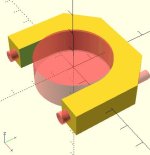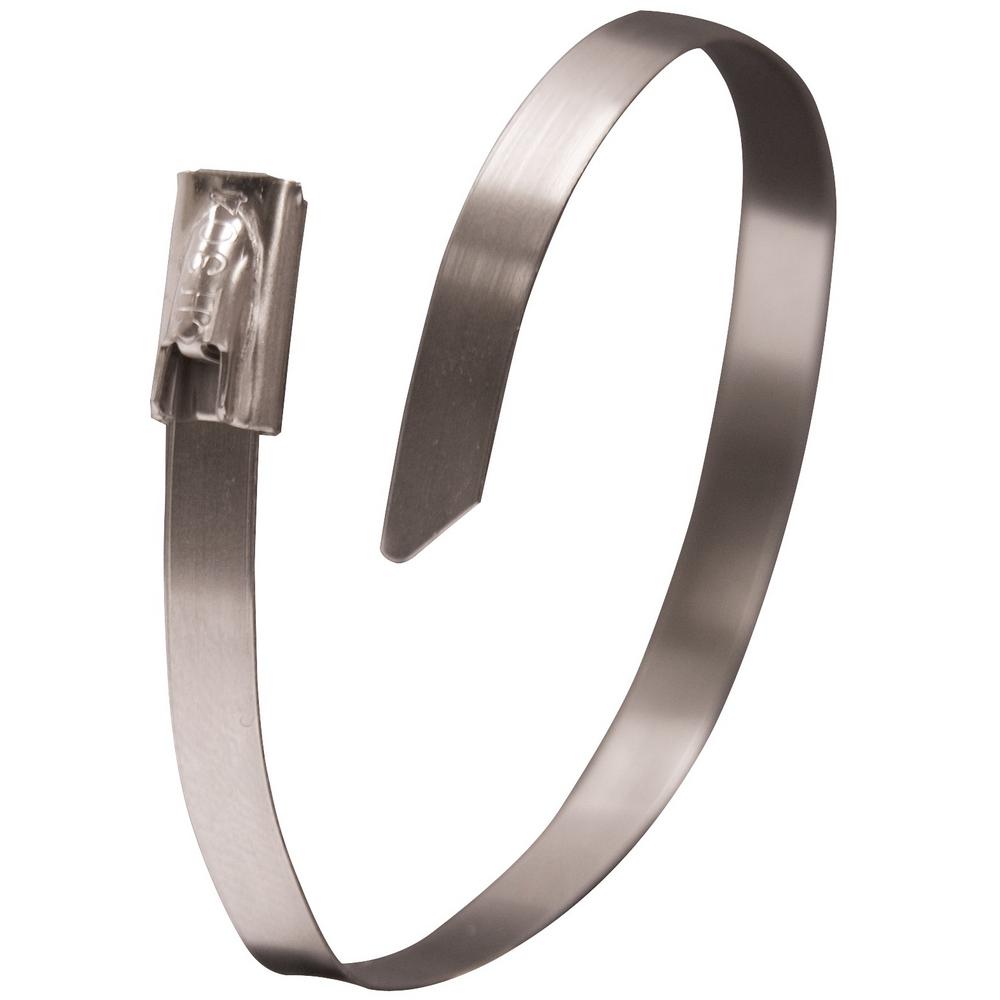AHicks said:
formula101 said:
You're looking for a bike that you can ride at 20 to 25 mph, so you buy a class2 bike that tops out at 20 mph, then complain that the bike is too slow.
Yeah, the bike is not the problem here. smh.
You're inexperience is hanging out sir.
It tops out at 20 because it's limited electronically (that's how it got the Class II rating). The Bolton kit doesn't know Class II from a hole in the wall. It's just fine with removing that restriction, or any others RAD has in place.
The rad isn't really capable of anything beyond 24 mph even with a kit.
You're better off buying a class 3 instead such as a juiced bikes. They start at $1800 vs $1500 and have several significant upgrades:
-hydraulic brakes
-28 mph top speed (more like 30-32 mph real world)
-52 volt battery standard
-3 or 4 frame sizes
-3 colors (if that's your thing)
-torque sensor
-9 vs 7 speed drivetrain
-stock 52 tooth chainring
-ergo grips vs. undersized fake leather grips
-standard 1000 lumens headlight
-cadence sensor built in
The rad should never be on anyone's list for a fast bike.





